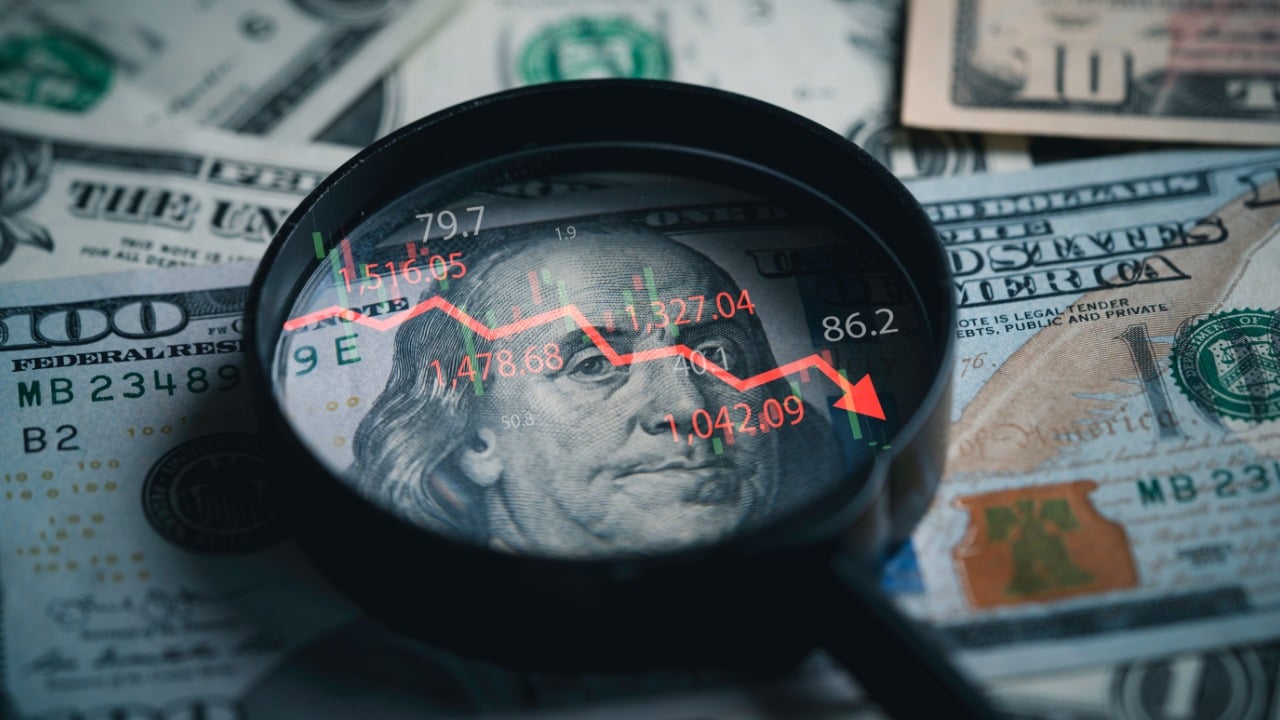Newspaper archives serve as a vital bridge between the past and present, offering a wealth of historical insights, cultural narratives, and personal stories that might otherwise be lost to time. In an era where digital information is readily available, these archives remain indispensable for researchers, historians, genealogists, and the general public. The digitization of newspaper collections has democratized access to historical records, making it easier than ever to explore the events, opinions, and daily life of past societies.
Understanding the Spectrum of Newspaper Archives
Newspaper archives are diverse, encompassing collections from various institutions, private entities, and specialized organizations. These archives differ in their scope, geographic coverage, language, time periods, and accessibility. Some are freely available, while others require subscriptions or institutional affiliations. Notable examples include national and regional archives, private and commercial platforms, and specialized collections.
National and Regional Archives
National and regional archives are often maintained by government institutions or libraries. For instance, Singapore’s NewspaperSG, managed by the National Library Board (NLB), provides access to Singaporean newspapers dating back to 1831. Similarly, the U.S.-based “Chronicling America” archive, operated by the Library of Congress, offers searchable historic newspapers from all 50 states, spanning from 1690 to the present. These archives are invaluable for researchers studying local and national histories, as they provide firsthand accounts of significant events and cultural shifts.
Private and Commercial Archives
Private and commercial archives, such as Newspapers.com and NewspaperArchive.com, offer extensive collections of digitized newspapers. These platforms often require subscriptions but provide powerful search tools, including keyword, date, and location filters. The New York Times Article Archive, accessible through the newspaper’s official website, is another valuable resource, containing over 13 million articles. These archives are particularly useful for genealogists, journalists, and legal professionals who need to verify facts or trace the development of public issues over time.
Specialized Archives
Some archives cater to specific communities or themes. For example, the Autism Resource Centre in Singapore maintains news archives relevant to its community. The Associated Press offers extensive collections of news and entertainment media, including rare and unseen video stories since 1895. These specialized archives provide unique insights into niche topics and communities, enriching the overall historical record.
The Challenge of Discoverability and Access
Despite the wealth of information available in newspaper archives, challenges remain in terms of discoverability and access. Some archives, such as the Google News Newspaper Archive, have limited availability or have ceased operation. Optical Character Recognition (OCR) technology, which enhances searchability, is not uniformly available across all archives. This can limit text-based queries and make it difficult to locate specific information. Additionally, some archives require paid subscriptions or institutional affiliations, which can be a barrier for individual researchers.
The Benefits of Utilizing Newspaper Archives
Newspaper archives offer numerous benefits for researchers, genealogists, journalists, and the general public. They provide a window into the past, allowing users to explore historical events, cultural trends, and personal stories. Here are some key benefits:
Historical Research and Education
Access to contemporaneous newspaper articles allows researchers to analyze social, political, and cultural dynamics in historical context. Newspapers reflect the daily concerns, public opinions, and events of their time, serving as primary sources for historians. For example, researchers studying the Civil Rights Movement in the United States can gain valuable insights by examining newspaper articles from the 1950s and 1960s. These articles provide firsthand accounts of protests, speeches, and legislative changes, offering a more nuanced understanding of the era.
Genealogy and Family History
Newspapers are treasure troves for genealogists, featuring obituaries, birth, marriage announcements, and community news that may be absent from official records. Platforms like NewspaperArchive emphasize this application, helping users trace lineage and personal histories. For instance, a genealogist researching their family history might discover a great-grandparent’s wedding announcement in a local newspaper, providing details that are not found in official records. This can help fill in gaps in family histories and provide a more complete picture of ancestors’ lives.
Legal and Investigative Reporting
Journalists and legal professionals benefit from historical news archives when verifying facts, uncovering prior case information, or tracing the development of public issues. For example, a journalist investigating a long-standing environmental issue might use newspaper archives to trace the history of the problem, identifying key events and stakeholders. Similarly, a legal professional might use archives to find precedent-setting cases or to understand the historical context of a legal issue.
Preservation of Cultural Heritage
Digitizing and archiving newspapers preserves fragile physical documents susceptible to deterioration, ensuring ongoing access to cultural heritage materials for future generations. For example, newspapers from the early 20th century are often fragile and at risk of decay. By digitizing these newspapers, archives ensure that future generations can access these historical records without causing further damage to the original documents.
Navigating and Utilizing Archives Efficiently
To maximize the value from newspaper archives, users should consider the following strategies:
Keyword and Date Precision
Knowing exact events, individuals, or time frames refines search results significantly. For example, if you are researching the sinking of the Titanic, using specific keywords like “Titanic,” “1912,” and “disaster” will yield more relevant results than a broad search. Similarly, narrowing the date range to April 1912 will help focus the search on the immediate aftermath of the event.
Cross-Referencing Sources
Combining multiple archives and platforms provides a more comprehensive perspective. For example, using NLB’s digital archive alongside Chronicling America can provide a broader view of historical events. Cross-referencing sources can also help verify information and ensure accuracy. For instance, if you find a conflicting account of an event in two different newspapers, cross-referencing with other sources can help determine which account is more reliable.
Understanding Search Capabilities
Archives differ in OCR technology, indexing methods, and access restrictions. Familiarizing oneself with each platform’s features enhances usability. For example, some archives may use advanced OCR technology that allows for more accurate text searches, while others may rely on manual indexing, which can be less precise. Understanding these differences can help users tailor their search strategies to each platform.
Subscriptions and Access Rights
Some archives require paid subscriptions or institutional affiliations. Evaluating cost-benefit based on research needs is advisable. For example, if you are conducting a one-time research project, a short-term subscription to a commercial archive might be cost-effective. However, if you are a frequent user, an annual subscription might be more economical.
Conclusion: Bridging Past and Present through Newspaper Archives
Newspaper archives are indispensable in connecting modern audiences with historical narratives, providing authentic voices from the past. The growing digitization efforts by national libraries, commercial entities, and specialized organizations continue to enrich public access to these records. Whether for deep academic research, personal genealogical discovery, or general curiosity about historical events, these archives empower users to step back in time and experience history as it unfolded in daily print. As technology advances, the enhancement of accessibility, searchability, and multimedia integration will further unlock the vast potential stored in these digital repositories, ensuring that the chronicles of yesterday remain vibrant and relevant today. By preserving and making accessible these historical records, newspaper archives serve as a vital link between the past and present, enriching our understanding of the world and our place in it.





